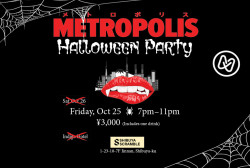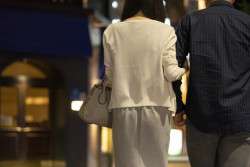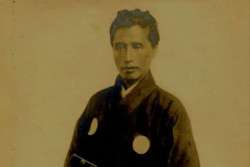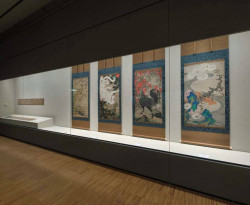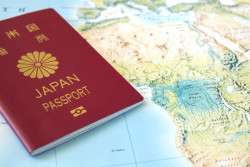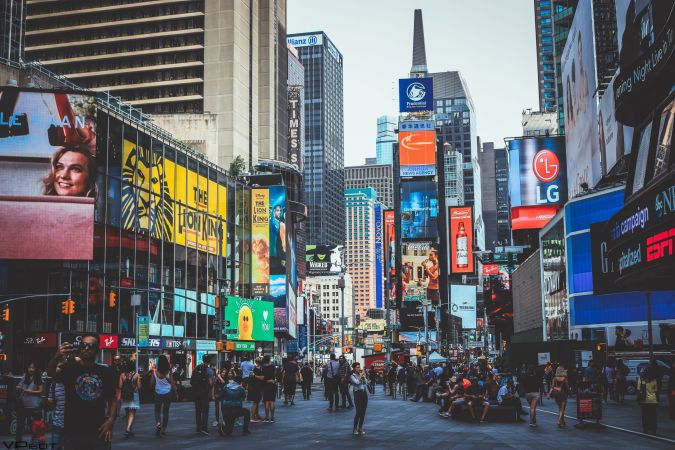
New York City: home of the world’s fourth largest Japanese diaspora after Los Angeles, Bangkok, and Shanghai. But it is perhaps the single biggest locus of Japanese culture outside of the archipelago.
Japan thrives in the Big Apple. There are over 800 Japanese restaurants, plus the bustling stalls of lantern-decorated Japan Village and the world’s largest Japanese food festival; film screenings, art exhibits, and language lessons at Japan Society and subculture-oriented RESOBOX; kimono sales and rentals, anime and cosplay conventions, cherry blossom festivals, not to mention the history and culture of a long-standing Japanese-American community.
“You can go to Kyary Pamyu Pamyu’s concert on Monday night, participate in a traditional tea ceremony the next, view Yayoi Kusama‘s latest exhibition, savor a kaiseki meal, and see a film for which Ryuichi Sakamoto composed the score,” says Susan McCormac, editor in chief at Japan Culture NYC.
Japanese imports and cultural interest are rising in the city year after year. But in the face of rising anti-Asian racism in the U.S. and the lack of a centralized Japanese community, it can be hard to tell: is this cultural fascination just an exciting fad? Or is it a genuine connection between two nations that strengthens the NYC Japanese community on the ground?
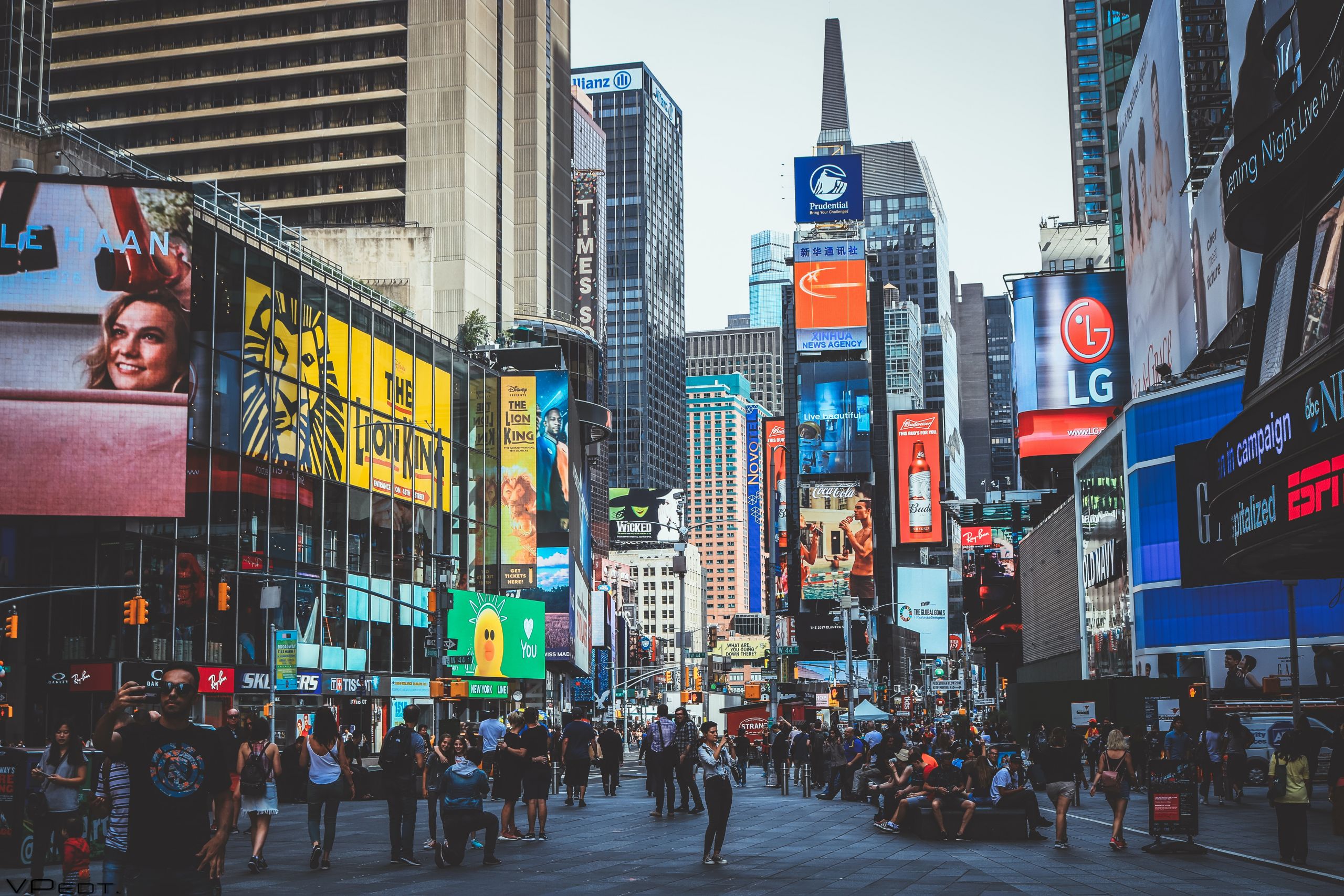
The first Japanese diplomatic delegation arrived in New York in 1860, a much-anticipated arrival that over 500,000 New Yorkers turned out to see for themselves. 20-30 years later, the Japanese started to settle in New York. The community grew to around 3,000 by the early 1900s.
These immigrants founded institutions that still serve as community pillars today, like Nippon Club, Japan Society, and the Japanese American Association (JAA). The contributions of these early communities paved the way for generations of Japanese that live in America’s biggest city, and the monumental presence of Japanese art and culture that would eventually emerge.
NYC’s Japanese population is notable for being far from uniform. Today there are around 40,000 Japanese living in New York, estimated at 25,000 expatriates and 15,000 Japanese-Americans.
This mix leads to a wide range of people. “The community is vibrant and is a mix of those that just arrived from Japan to 2nd, 3rd, and 4th generation Japanese-Americans,” says Koji Sato, president of JAA. “We have a diverse group of members including families that were sent to their New York office by their company in Japan, students studying in New York, to doctors, lawyers and accountants of Japanese descent as well as Japanese restaurant owners, artists, hair stylists and retirees.”
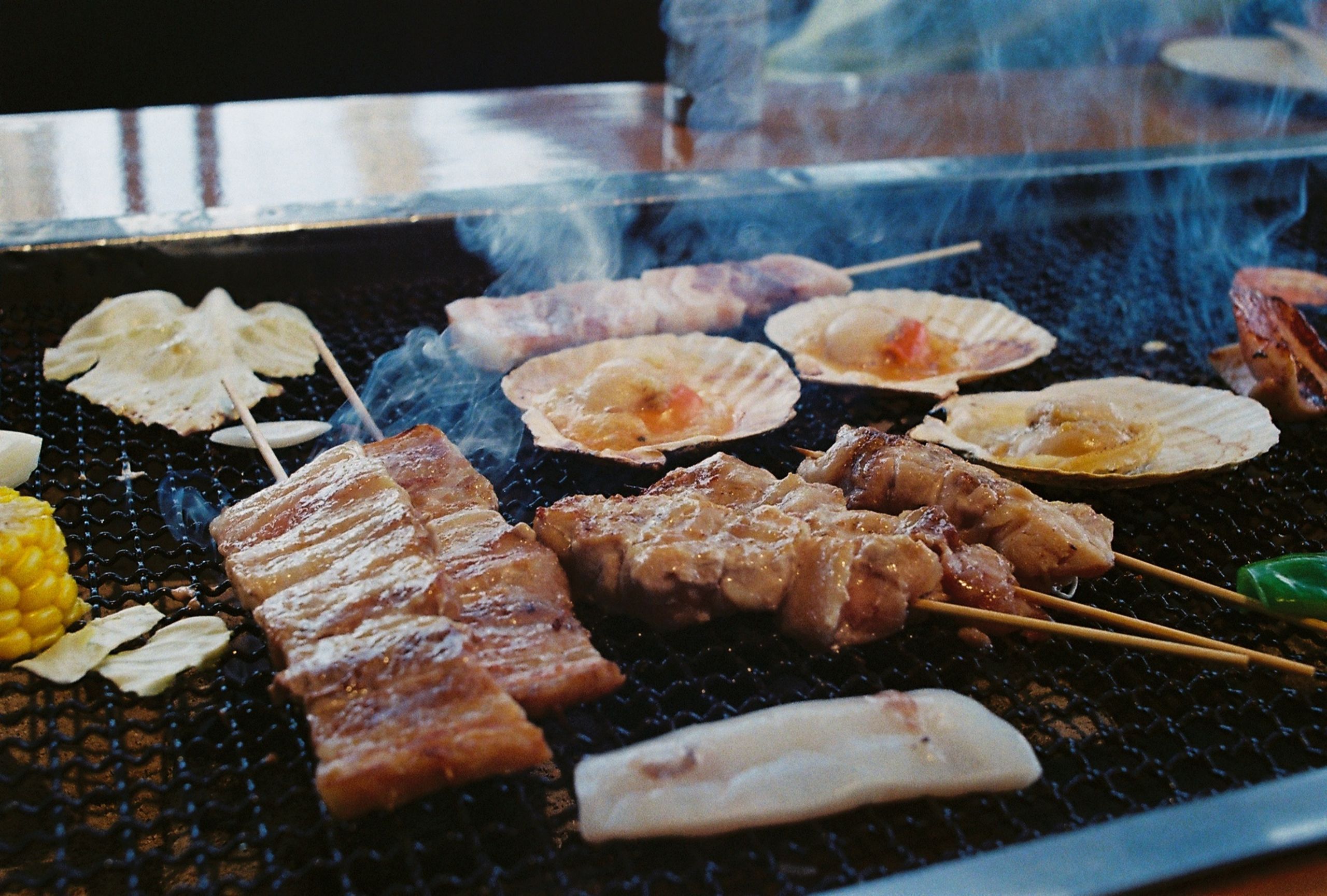
In recent years, the community’s diversity has also come in the form of ethnic heritage. Speaking about the JAA Scholarship, Sato says that this year, a majority of applicants had one parent with Japanese heritage instead of the typical two. “[But] it was clear that these students took pride in their Japanese heritage and considered themselves to be Japanese-American,” Sato says.
This variety does, however, make the community less cohesive. “Japanese people (at least in New York) tend to be detached from each other,” adds Karin Yamamoto, program officer at the Japan Society. “So it’s harder to articulate what the ‘Japanese community’ is.”
“After the ‘bubble burst’ in Japan, I believe there were fewer and fewer Japanese people leaving Japan for America. It does reflect the current public sentiment where more and more people seem to not want to leave Japan,” Yamamoto continues. “Living in New York for the current generation may be more of an individual experience, with less reliance on a community support system.”
That doesn’t mean that community support systems don’t exist. The growing JAJA (Japanese Americans and Japanese in America) holds monthly meetings with a speaker or a performer and plenty of Japanese food. Over the last two years, JAA has held the Japan Parade, with over 2,000 marchers and 20,000 New Yorkers lining the streets, cheering.
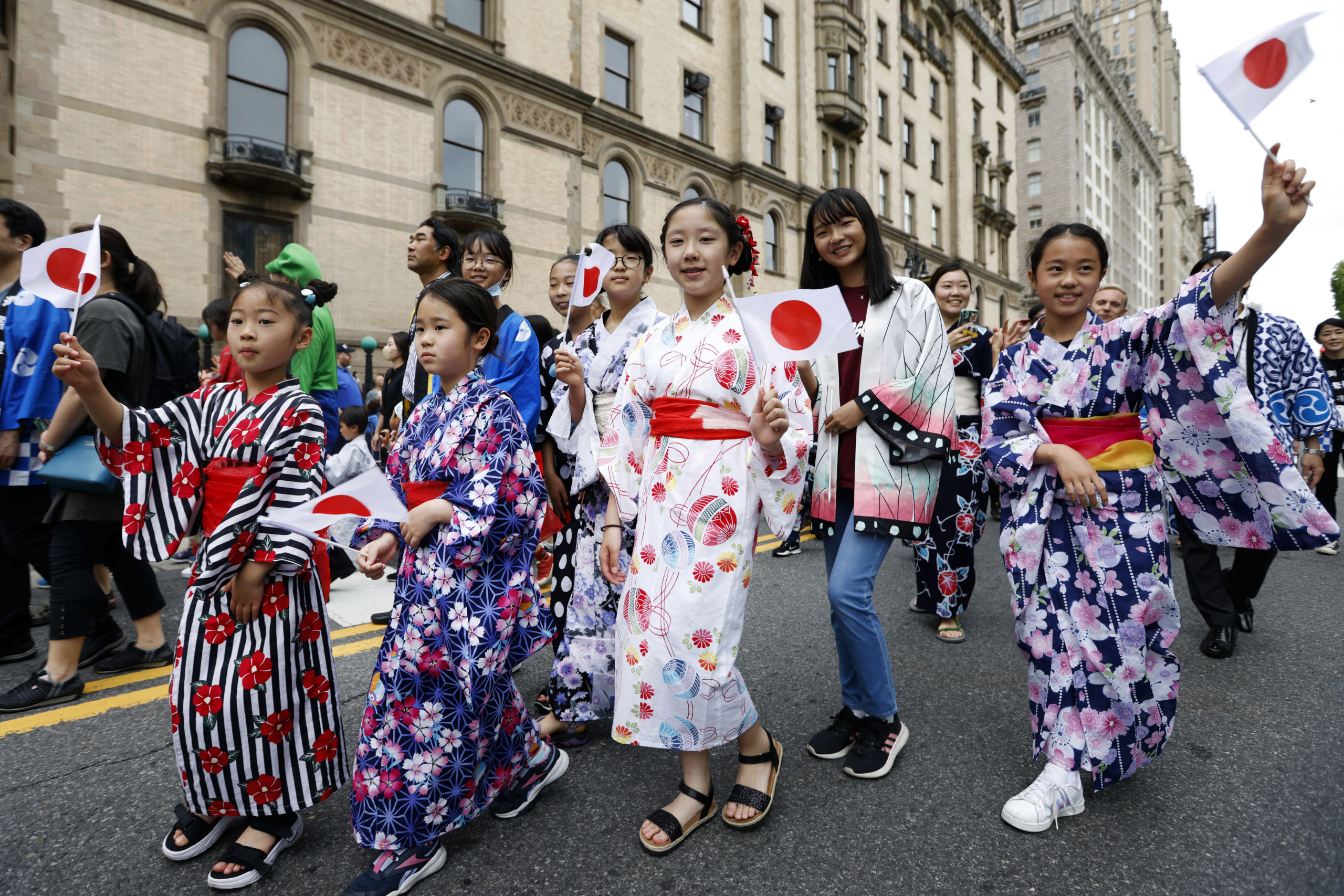
But while the local Japanese community was evolving and seeking cohesion, Japanese culture and pop culture hit New York like a thunderstorm. Led by Japanese cuisine and anime, New York became a city obsessed with, and in many ways, defined by Japanese culture.
A flux of new restaurants began opening in the late aughts, beginning Japanese food’s trendy moment in the city. Previously, New Yorkers loved sushi, but a 5-year span that jump-started with ramen chain Ippudo’s arrival saw izakayas, kaiseki restaurants, sake, shochu, ramen, tonkatsu, omurice and more begin to take hold as popular spots.
“Sushi used to mean California rolls, salmon and tempura, but people discovered there were things like ikura, uni and unagi,” says Yamamoto. “Ramen wasn’t just some noodles in soup anymore. People cared about what kind of broth was used and the thickness of the noodle.” There are a ridiculous 668 Japanese restaurants in Brooklyn alone, a number that grows with each passing year.
Somehow, the impact of anime and manga on the city matches even that of Japanese cuisine. “Just today, walking a few blocks from my apartment, I saw New Yorkers in Attack on Titan, Gudetama and Kingdom Hearts T-Shirts and another with One Piece charms on their backpack,” says Peter Tatara, founder of the anime convention Anime NYC and Director of Film at Japan Society.
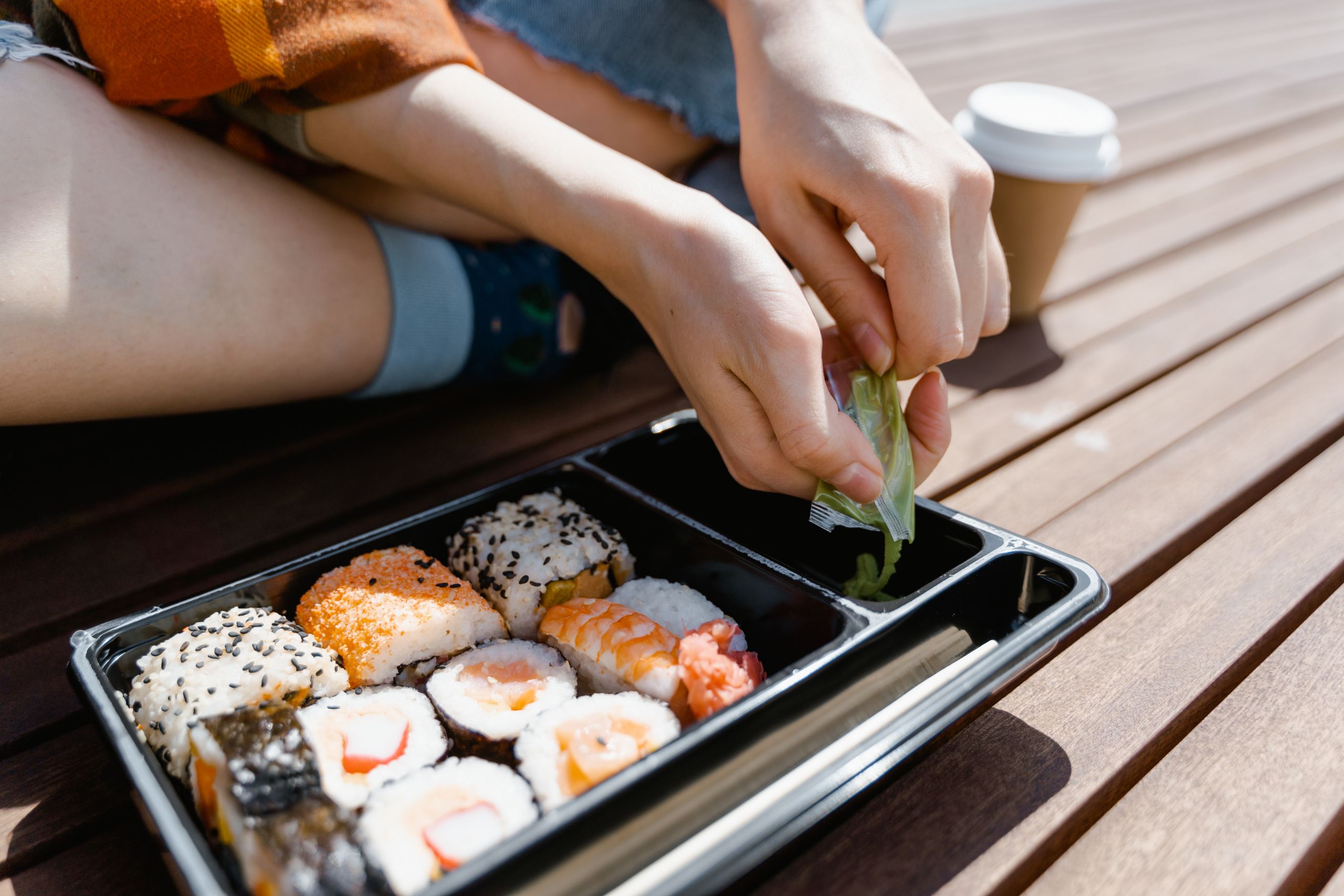
In 2022, Anime NYC gathered 50,000 unique fans, up from 22,000 in 2017, the convention’s first year. The pandemic only further increased anime and manga consumption in the U.S., as they proved hobbies that were easy to dive into when trapped at home or in quarantine.
The number of locations to interact with and consume manga and anime is also growing. In addition to NYC’s sizable Kinokuniya, Midtown Comics, NYC’s largest comic store, has an impressive manga selection. “Anime billboards are pretty common in Times Square,” Tatara says. “One Piece Red even took over every billboard in Times Square last year.”
Anime and manga have served as a gateway for New Yorkers into other aspects of Japanese culture. This has led areas like music, live-action cinema and dance to also gain some traction, following food and anime’s lead. Japan Society notes that they have expanded their programming into more complex and non-traditional topics as a consequence.
“[Anime] has enhanced the fans’ appreciation for Japanese culture in general,” explains McCormac. “Spy x Family may be a person’s entrée…but from there, they may branch out into studying the language, taking lessons on how to dress in kimono, or traveling to Japan.”
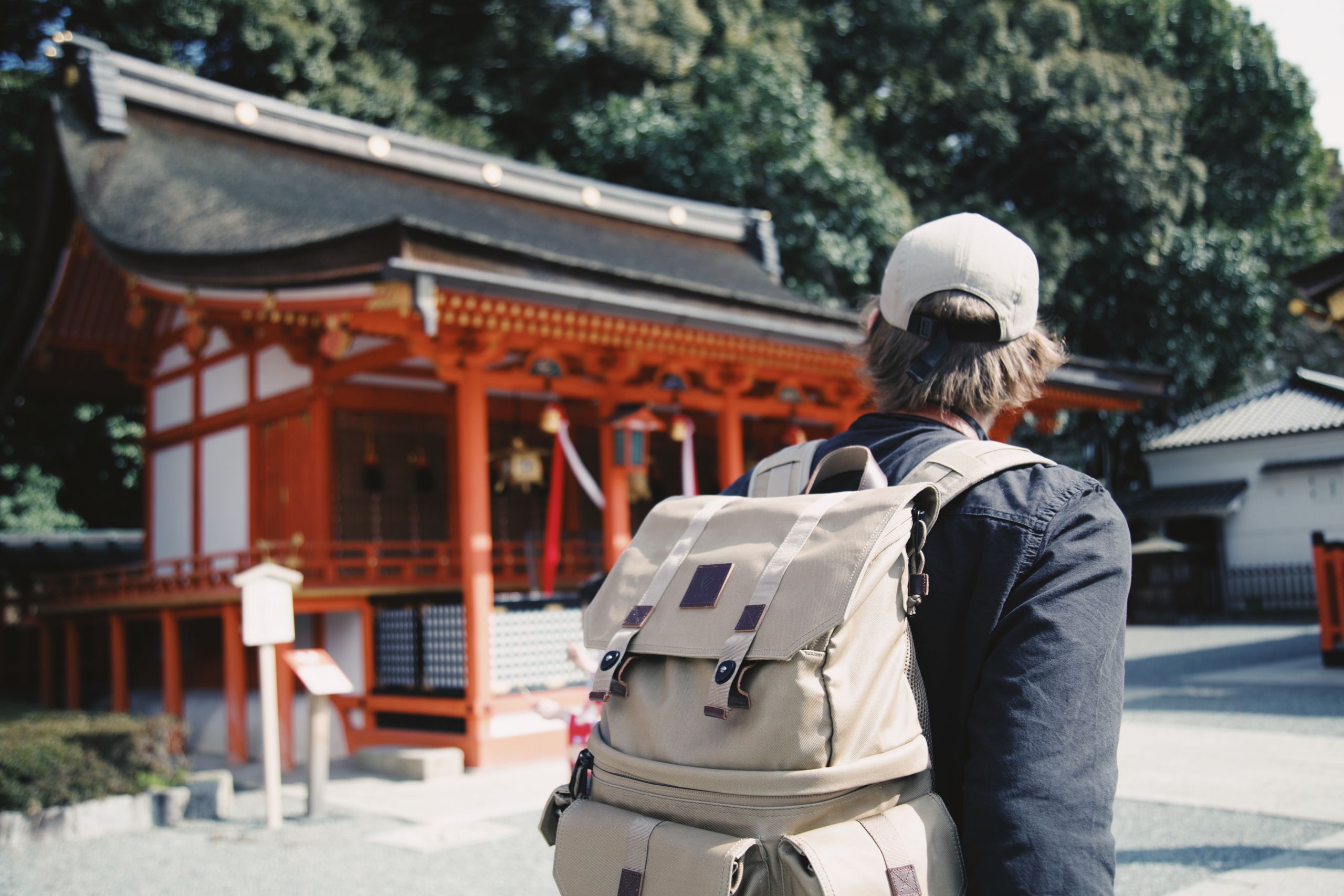
Commentators agree that increased awareness and acknowledgment is typically a good thing. “The rise of Japanese culture in the US is definitely a positive for our community,” says Sato. “I believe most of us in New York appreciate it if a non-Japanese knows something about Japan or can say something in Japanese.”
Nonetheless, there are some complicated nuances involved. “It’s important to note that many Japanese who’ve chosen to live in New York did so at least in part because they didn’t want to live in Japan,” says Roland Kelts, author of JAPANAMERICA and The Art of Blade Runner: Black Lotus. “Some of the harshest critics of Japan’s less-appealing characteristics, like xenophobia and patriarchal hierarchies, are young Japanese I’ve met in New York who ask me quite earnestly why I decided to live [in Japan].” Cultural appropriation is another concern that has rocked US headlines in recent years, especially with regards to the kimono.
Looming larger for NYC’s Japanese community, however, is the rise of Anti-Asian hate crimes as a result of COVID-19. There were 233 reported attacks in 2021 alone—only seven of which led to convictions. “We can never have a repeat of the dark chapter in US history when over 100,000 Japanese and Japanese-Americans on the west coast were sent to internment camps,” says Sato.
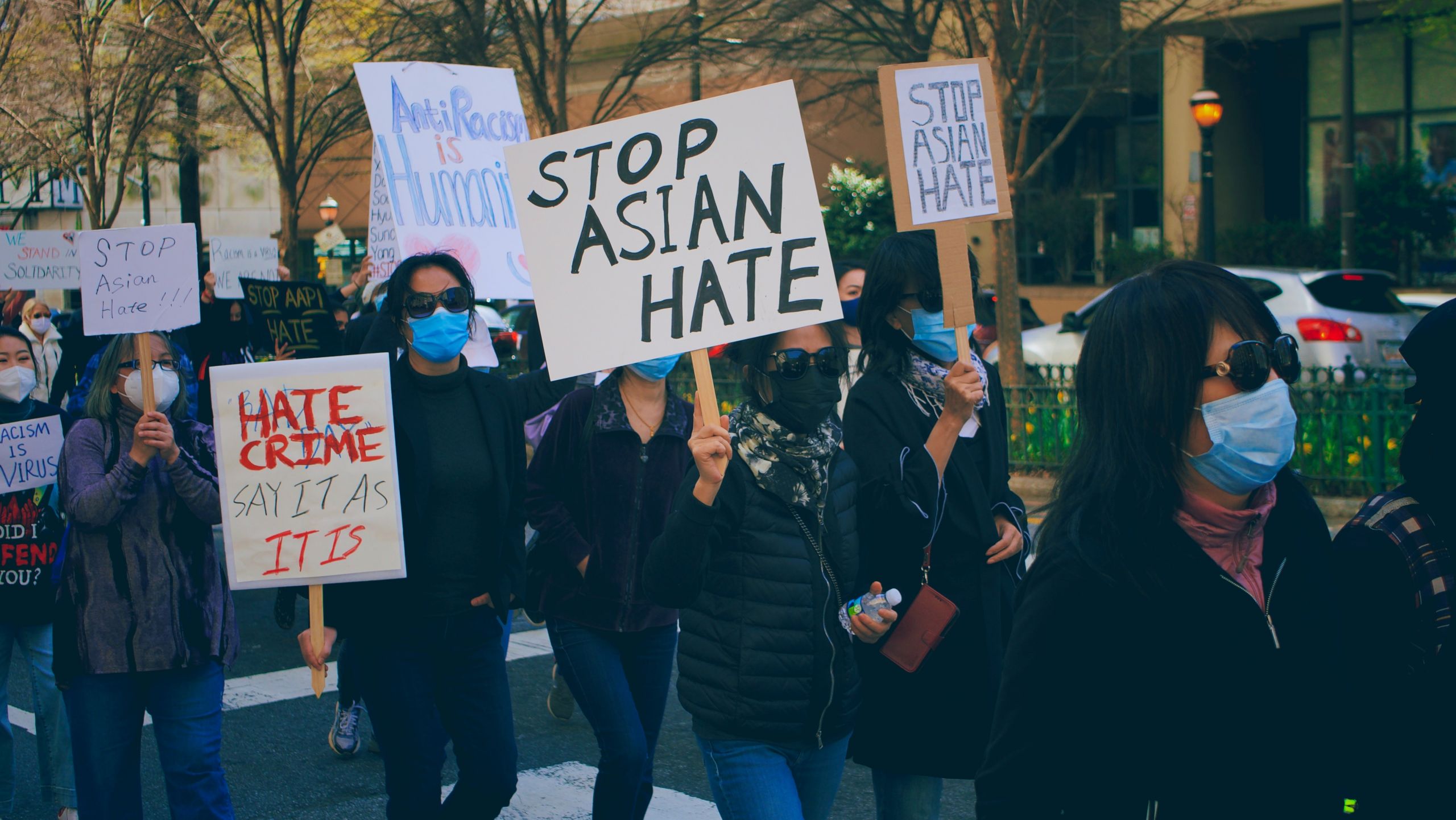
All critics agree that Japanese culture’s influence will only continue to expand in the coming years. Cultural trends like VTubers, pottery, whiskey and theater, as well as programs highlighting more specific experiences, such as Okinawan culture or Japanese-Americans’ internment, stand to earn greater attention in 2023 and moving forward.
Cultural understanding between the U.S. and Japan may not necessarily be nuanced. But more complex representations becoming a part of the city’s landscape does show a degree of increased mutual cultural respect and acceptance. No matter how you spin it, Japanese culture is in the middle of remaking New York City, and not for the first time.

